There are tons of toxic plants for cats. And these plants aren’t hidden in the wild—they’re in your local park, in your backyard or garden, and maybe in your living room.
But don’t worry–knowing what plants to be careful about can help you keep your pet safe.
Cats are notorious for their curiosity. Cat-food, flower bulbs, carpet fluff, and even stinky shoes can all be interesting to them. The same can be true of toxic plants for cats.
While some plants can give your cats diarrhea, others can be downright dangerous and cause serious problems, like liver and kidney damage.
We do not mean to scare you, only caution you. Cats usually stay away from toxic plants, but accidents can happen.
That’s why it’s good to maintain a friendly distance between your pets and these poisonous beauties, especially since some of these plants are toxic for dogs too.
In this article, we’ve rounded up some common toxic plants for cats that you should know about. You’ll also find answers to some commonly asked questions on plants that are pet-safe.
Read on!
Toxic Plants for Cats (and Other Pets)
A trip to the local nursery might tempt you to stuff your backyard, garden, and indoors with plants. But as a cat-parent, you need to be cautious.
According to the Animal Society for the Prevention of Cruelty to Animals (ASPCA), there are over 1,000 toxic plants for cats and other pets.
Even beautiful and unsuspecting bloomers like hyacinths, tulips, and lilies are potentially fatal to your pets.
Ingesting parts of these plants can cause a range of symptoms—from vomiting to serious illnesses.
So, before you create a flower garden or add more greenery indoors, it’s good to know the most common toxic plants for cats.
The knowledge of these plants will also help you watch out for them on your evening strolls with your pets.
And if you worry that your cat might have munched on a hyacinth bulb or two, or eaten an ivy leaf, you’ll know to seek urgent veterinary assistance.

Different Types of Toxic Plants for Cats
Many toxic plants for cats are commonly in flower beds, balcony planters, and wall gardens. They range from causing your cat just a little discomfort to being lethal.
Below is a list of different types of toxic plants for cats you can uproot or fence in, all for your pet’s sake.
1. Hyacinths
Sweet-smelling hyacinths are some of the most widely-grown plants. They are easy to nurture and make vibrant purple, pink, red, and white blossoms in spring.
But the bulbs and flowers of these spring beauties are extremely toxic to cats.
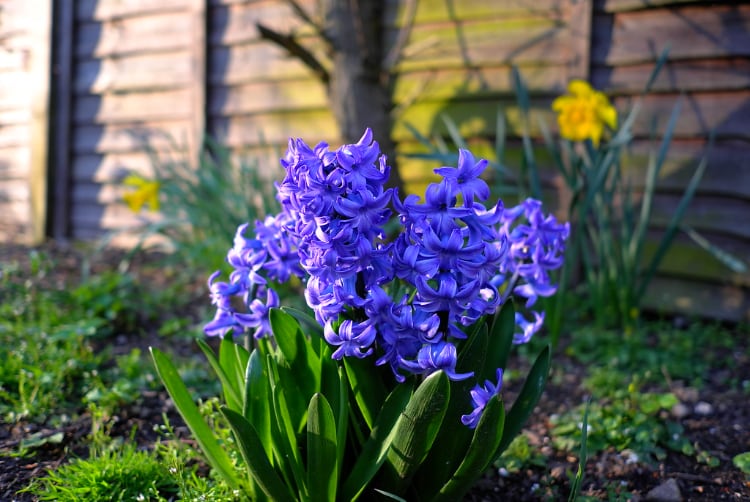
For pets that are attracted to fragrances, even inhaling hyacinths may cause nasal irritation and breathing difficulties.
Warning: Ingesting parts of this plant can cause weakness, nausea, and vomiting. So better steer clear of these plants.
2. Tulips
Tulips carry the same physical characteristics as that of their cousins—the hyacinths. They have bright colors and are sweet-smelling.
And just like hyacinths, tulips are some of the most toxic plants for cats and other pets.
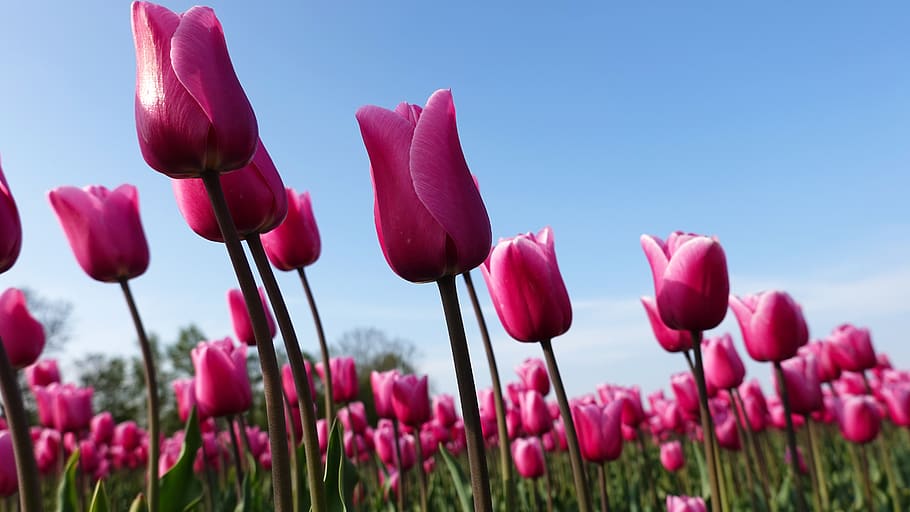
The bulbs of tulips are the most poisonous, although the leaves, stems, and petals also contain certain toxins.
And that, sadly, means you can’t have a sweeping tulip flower bed and playful cats in the same picture. Sorry!
3. Daffodils
Daffodils herald the arrival of spring. Their sight alone can make you poetic, much like Wordsworth.
But watching your furry felines scamper about daffodils should give you cause to worry.
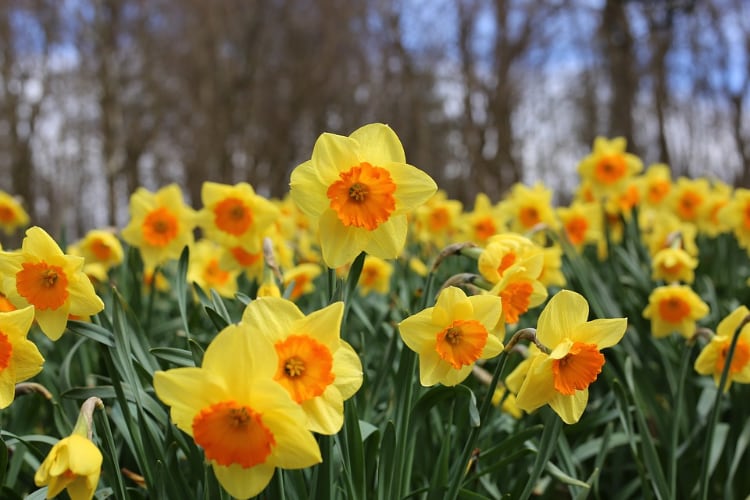
These toxic plants for cats have extremely poisonous bulbs, although everything you see in a daffodil spells danger to cats and dogs.
The outer layer of the bulbs contains tiny crystals of toxins. If ingested, they can result in aggressive vomiting and diarrhea. Your cat might also experience abdominal pains and difficulty in breathing.
4. Ivy
Trailing and creeping varieties of ivy are great to take your walls from blah to brilliant. It can also be used to cover trellises, arches, and gazebos.
But these green beauties are also on the list of toxic plants for cats. Ivy poisoning can cause burning or irritation in the mouth, along with drooling, vomiting, and diarrhea.
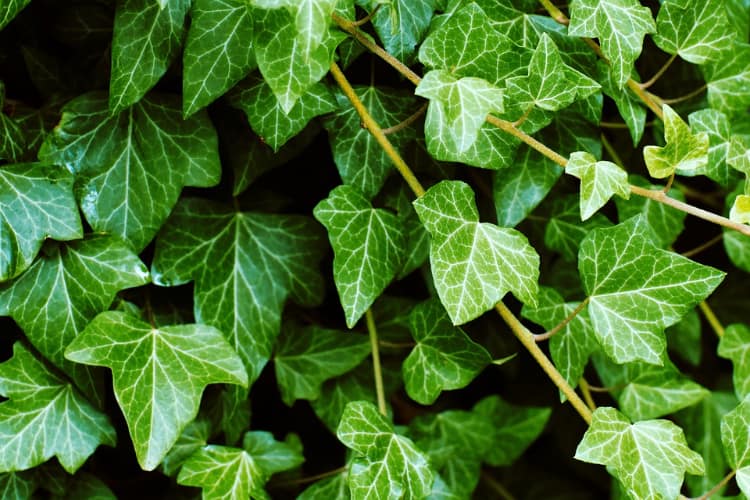
If you think your pet has eaten any part of the plant, contact your vet immediately. But avoid putting yourself and your pet in this situation by planting ivy where your cat is not likely to pay much mind to it.
5. Grape Vines
Yes, this delightful summer fruit is toxic to most animals, including cats. Ingesting even small quantities of grapes can be harmful.
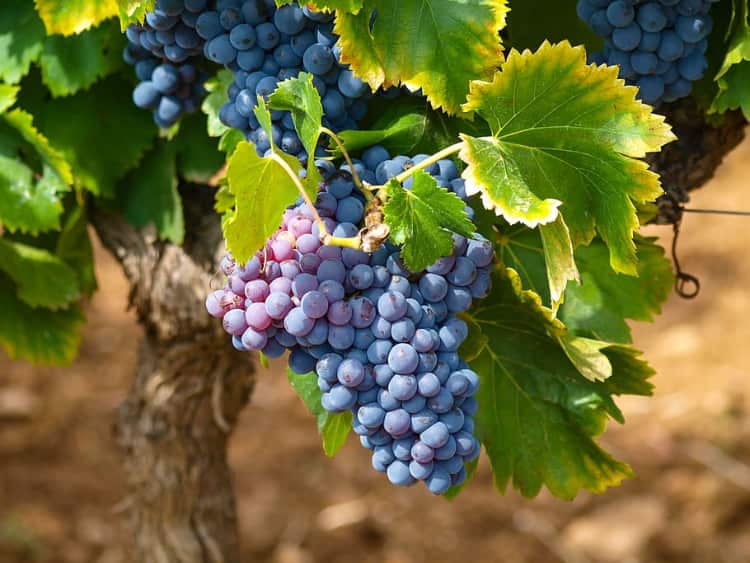
Grape vines can cause acute kidney failure in pets as well as long-term urinary concerns. You don’t want them to be within chewing range of any dog or cat.
6. Lilies
Lilies are always in the list of everyone’s favorite flowers. And why not? They are beautiful to look at and smell so sweet!
But they are also included in the list of toxic plants for cats. They don’t just attract humans—cats are drawn to them as well.
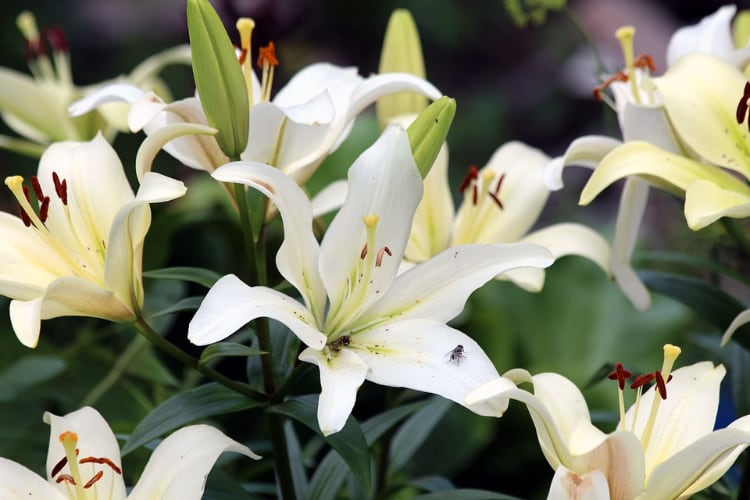
While some varieties of the lilies may cause minor poisoning, others can result in tremors, seizures, and even death.
So if you have pets at home, better avoid these highly toxic varieties of lilies including Asiatic, Day, Easter, Japanese Show, and Tiger Lilies.
7. Marijuana Plant
Marijuana may be a very promising plant in the field of medicine. But it can pose serious risks when ingested by pets, especially small animals like rabbits, cats, and guinea pigs.
With its growing accessibility, pets are at a greater risk of marijuana toxicity. Make sure your pets don’t come across the plant, dried cannabis, or edible products made from it like brownies and gummies.
Symptoms of poisoning can be mild to moderate. Your cat may experience nervous system problems, vomiting, diarrhea, increased heart rate, or even coma.
8. Chrysanthemums
Nothing can brighten up fall landscapes as well as chrysanthemums. They are easily recognizable by their showy red, yellow, and violet florets.
These bloomers, however, contain pyrethrin, a toxin that can result in gastrointestinal upset. Your furry friend may even experience drooling, vomiting, and diarrhea.
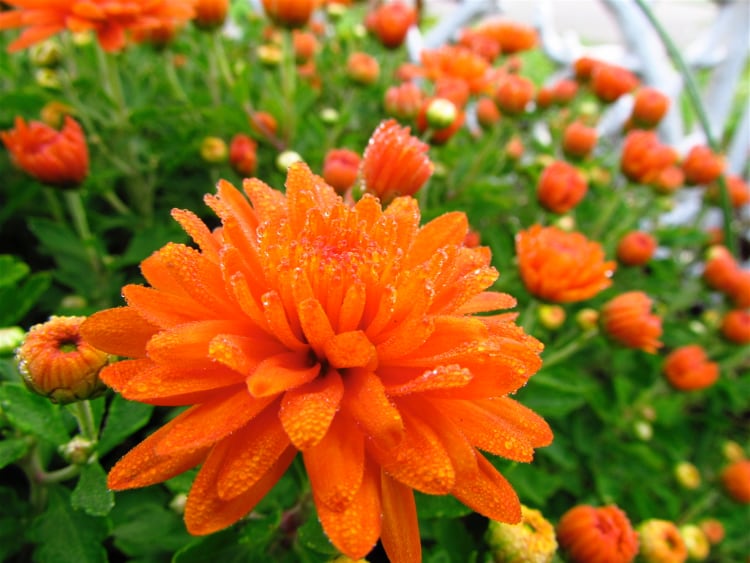
In worse cases, ingesting parts of chrysanthemums can also cause depression and loss of coordination. Simply put, mums and cats don’t mix.
9. Tomatoes
Who would have thought tomatoes to be toxic? Not to humans, of course, but to cats. Tomato plants, especially the stems and leaves, may cause serious damage when eaten by pets.
So if you’re growing some in your vegetable garden, be sure they are securely fenced from your cats.
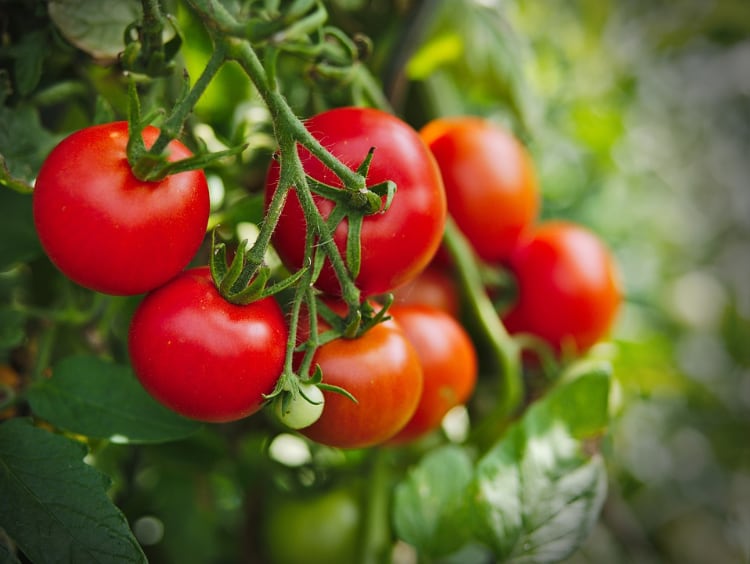
Although your cat won’t suffer after nibbling on ripe tomatoes, the green parts of the plant can be extremely toxic. Symptoms like excessive salivation, drowsiness, confusion, and weakness will appear.
10. Deciduous Azalea
Don’t be tricked by the notoriously vibrant and colorful blossoms of azaleas. These flowering shrubs will add beauty to your garden, but they are counted among some of the most toxic plants for cats.
There are over 10,000 cultivars of azaleas, each with different degrees of toxicity. The effects of azalea poisoning are noticeable within a few hours of ingestion.
Your cat might become weak, vomit, drool, or even suffer from tremors. In certain severe cases, it can also fall into a coma and die.
11. Oleander
Oleander is a desirable yet dangerous garden beauty. It makes large clusters of red, pink, yellow, or white blossoms all summer long.
And that means your notoriously playful kittens may want to entertain themselves with the plant. Or munch on them if they’re bored.
The roots and stems of oleander contain the highest concentration of toxins. But the leaves, flowers, and fruits are toxic as well.
Signs of poisoning include wobbliness, tremors, and abnormal heart rhythm in cats and other pets.
12. Sweet Pea
The name sweet pea sounds innocuous and lovely as can be. Who would have imagined finding it in the list of toxic plants for cats?
Don’t confuse sweet peas with the peas you eat at home, though—the former are vining legume plants. They make lovely blossoms that smell even lovelier. But beware!
Mature seeds of the plant are extremely toxic. If your cat eats them, it might vomit or have diarrhea. Other symptoms may include seizures and tremors.
13. Cyclamen
The shooting-star-shaped cyclamen blooms in pink, white, and red hues and is a joy to look at. But cat parents should beware these poisonous beauties.
The tubers of cyclamen are highly toxic. If your cat nibbles at them, symptoms of drooling, vomiting, and diarrhea can occur.
Good to know: Small amounts of toxins are also present in the leaves and flowers of the plant.
14. Sago Palm
Cat parents should give sago palm a miss, too. This beautiful houseplant, with its feathery foliage and tropical vibe, is loved by many gardeners. But it packs a deadly punch for cats.
All parts of the plant are poisonous. The toxin, called cycasin, can cause liver failure in cats.
Symptoms like vomiting, bloody feces, diarrhea, and paralysis will show if your cat chews even a tiny amount of sago palm.
It’s best to remove sago palm from your yard, indoors, or other areas accessible to your pet.
15. Dieffenbachia
Dieffenbachia is not a cold-hearted killer. But if your cat chows this plant down, it can end up with a painful and swollen mouth.
You can easily recognize dieffenbachia with its large and attractive white-flecked leaves. Your cats may play, paw, and nibble at them..
Fact: In some cases, dieffenbachia poisoning can also temporarily cause an inability to speak in humans. Hence its common name dumb cane.
16. Kalanchoe
Our list of toxic plants for cats is incomplete without kalanchoe. This common houseplant, with its succulent foliage and cheery flower clusters, is highly toxic.
The plant develops higher toxicity in the summer. Symptoms of poisoning may include diarrhea and vomiting.
In very rare cases, it can also cause cardiac issues like abnormal heart rhythm and collapse.
As a cat parent, you may want to make this common houseplant uncommon in your house.
17. Autumn Crocus
Autumn crocus can make a charming addition to any fall flower bed. Their cup-like blossoms in soft pink or purple are a treat to the eye.
But if you have a cat at home, it’s better to maintain a friendly distance from autumn crocus.
Your feline friend may experience severe gastrointestinal distress if it were to chew on its leaves.
18. Schefflera
You might know this common ornamental plant as an umbrella tree or starleaf. Its main assets are its beautiful foliage and easy care.
But felines who ingest schefflera may experience intense burning in and around the mouth.
Your pet may even have difficulty swallowing, along with vomiting and drooling.
19. Amaryllis
Planning to bring some holiday foliage into your home this season? You may want to skip amaryllis.
The plant, with its stalk thrust skyward and bright trumpet-shaped blossoms, is a beauty to behold. Unfortunately, it’s one of the most toxic plants for cats.
Yes, all parts of amaryllis, including the stalks, flowers, leaves, and bulbs, are poisonous if ingested by cats (and other pets). It can cause vomiting, tremors, and even seizures.
Toxic Plants for Cats and Dogs: Frequently Asked Questions
Worried after seeing our list of toxic plants for cats? Well, don’t be. While there are many poisonous plants out there, there are also many that are pet-safe.
To ease yourself a little more, you may want to go through these questions asked by fellow pet-parents. They’ll help you and your pets as well.
What plants are not toxic to pets?
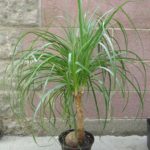
Ponytail palm, air plants, hibiscus, peperomia, Boston fern, spider plant, roses, or sunflowers are all pet-friendly.
You can grow them in your flower beds or living room without worrying that your pets might munch on a leaf or two.
To know which plants to steer clear of, read our list of toxic plants for cats (and other pets).
What herb plants are safe for dogs?
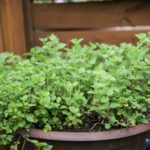
Dogs are in the habit of getting their snouts into things (and plants) they shouldn’t.
Thankfully, there are plenty of herb plants that are safe for dogs. They include oregano, rosemary, peppermint, basil, and parsley. So yes, herb gardening is dog friendly!
What plants are toxic to dogs in Australia?
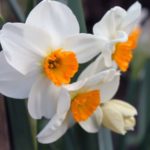
When you think of Australia, all sorts of wild and witchy plants enter your head.
But dogs (and other pets) in Australia are in danger of the same plants that haunt pet-parents in the rest of the world.
These include daffodils, hydrangeas, hemlock, poinsettias, ivy, tomatoes, and oleanders.
What outdoor plants are safe for dogs?
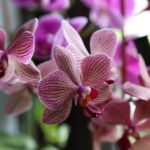
While there are many toxic plants for cats and dogs present in your outdoors, there are also many that are non-toxic.
African violets, air plants, friendship plants, moth orchids, parlor palm, Christmas cactus, and many more are all safe for dogs.
Pets vs Plants? Well, Not Really…
How worried should you be about toxic plants for cats and others pets? In the end, a little worry will help you keep your pets safe and plants unchewed.
But don’t worry–cats are usually pretty good at looking after themselves.
That doesn’t mean of course that you shouldn’t reduce the number of toxic plants for cats you have or place them where your pets won’t be drawn to them.
For pets that are attracted to colors and fragrances, many plants are nothing less than land-sirens. They are toxic and can make your pets extremely ill.
Thankfully, you don’t have to choose one over the other—you can be both a plant and a pet-parent.
You can create vibrant flower beds where your furry friends can play whenever they please.
Grow beautiful, fragrant, and pet-friendly bloomers like roses, sunflowers, marigolds, and orchids. And just relax and watch your garden and pets grow.
That’s about all for this post. If you have more lingering questions, ask us in the comments below.
Happy plant and pet-parenting!

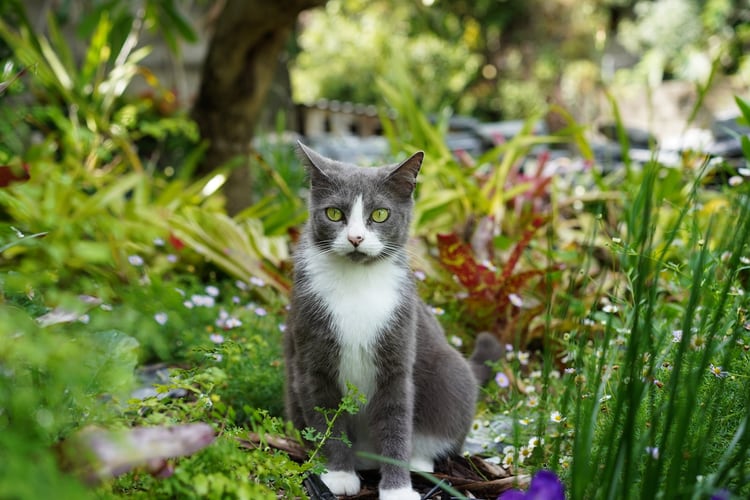
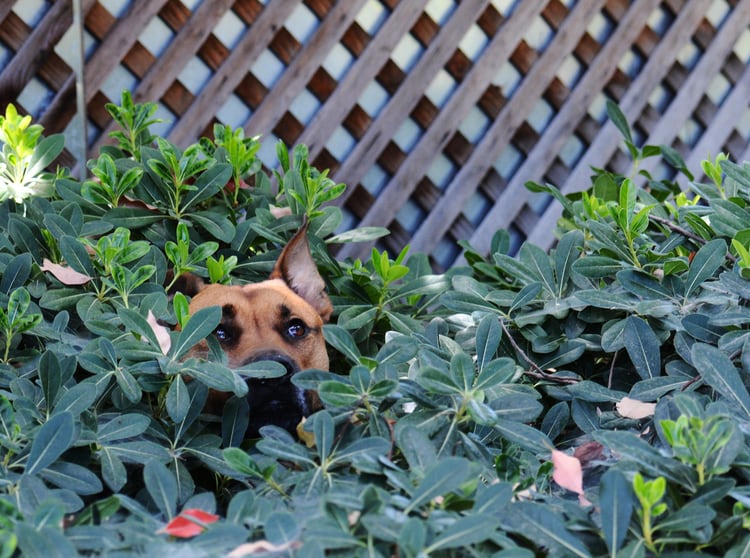
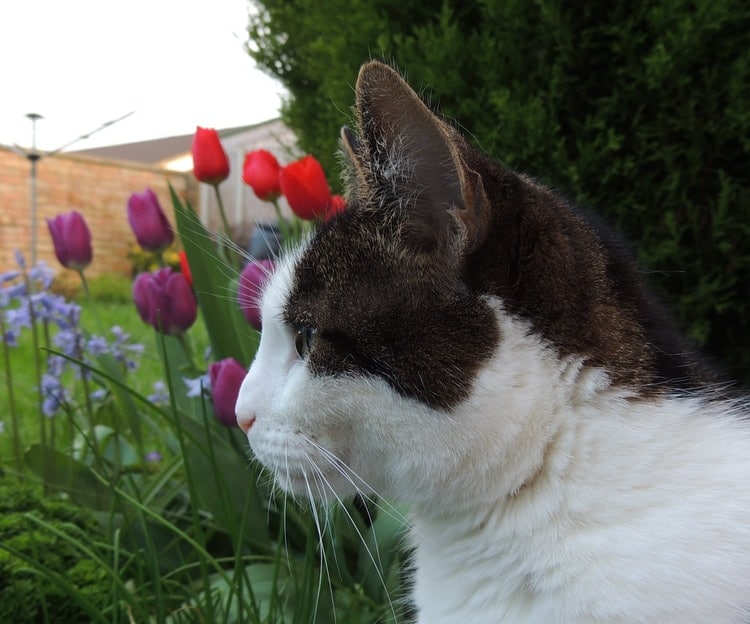
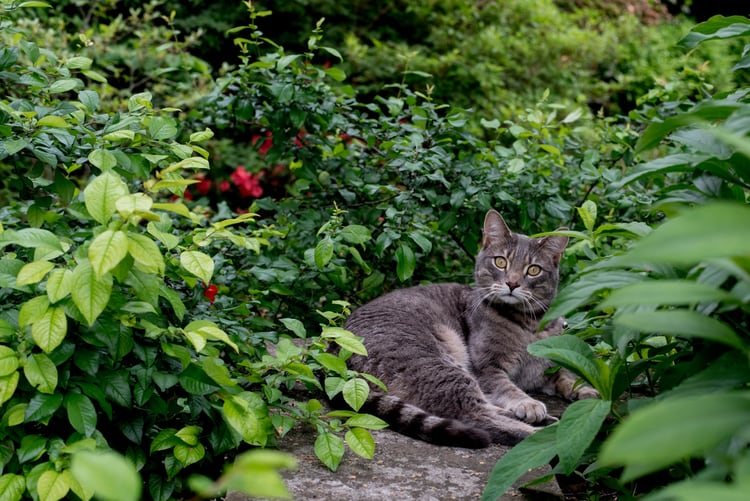
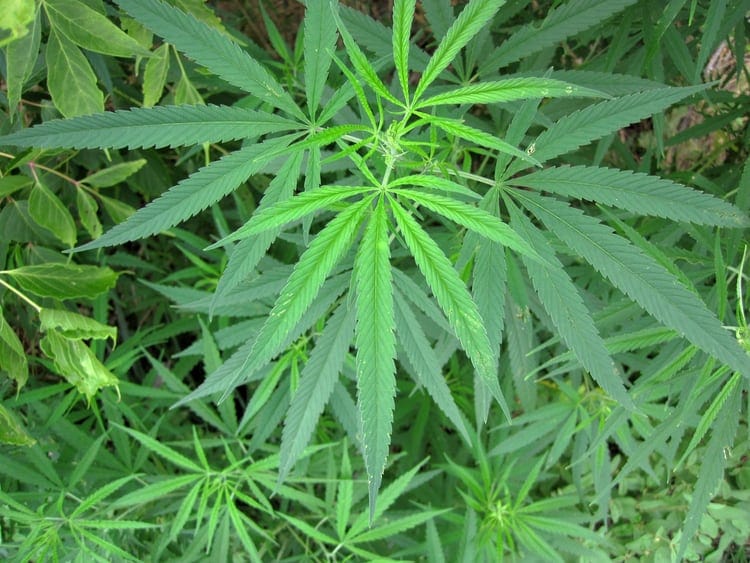
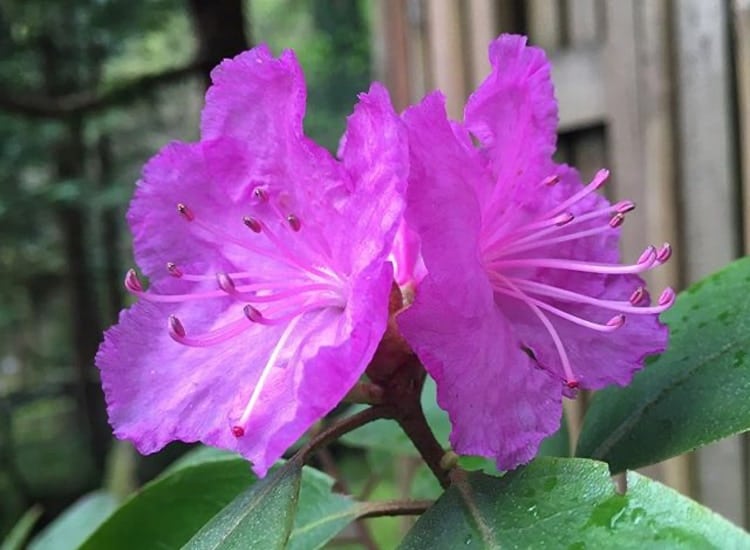
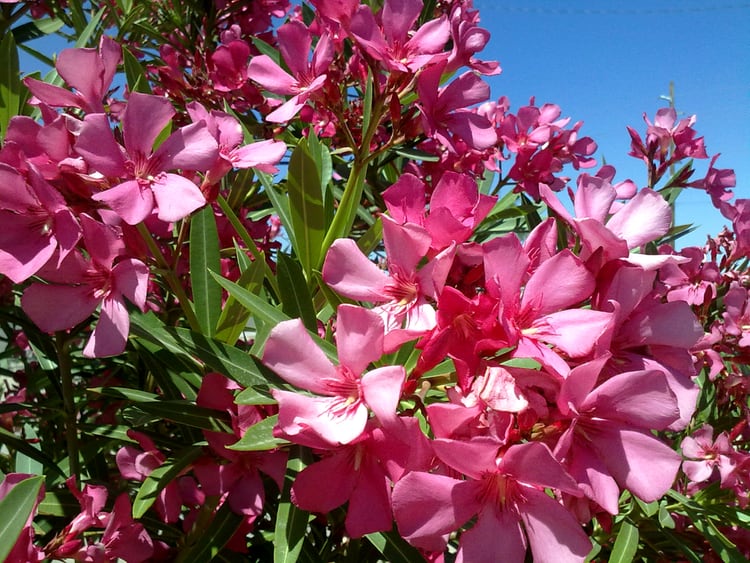
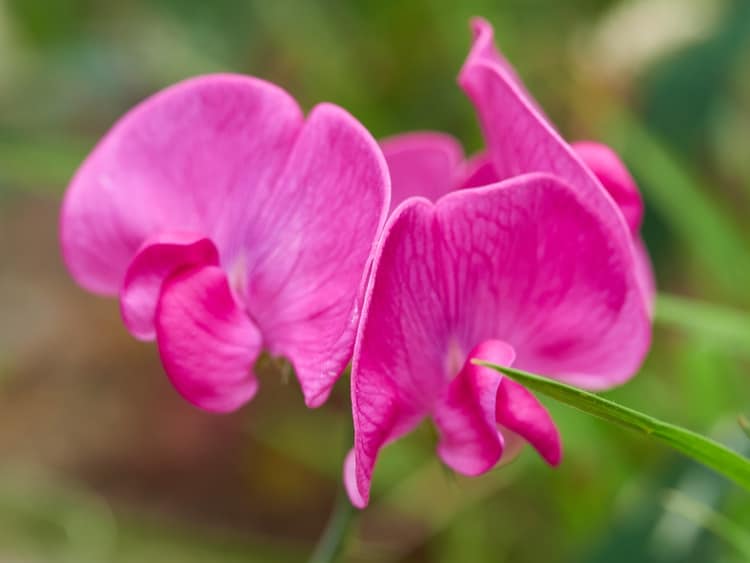
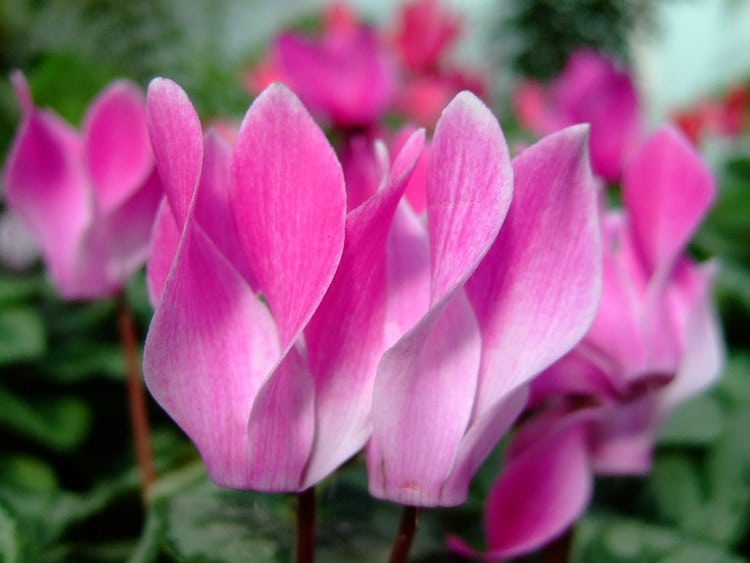
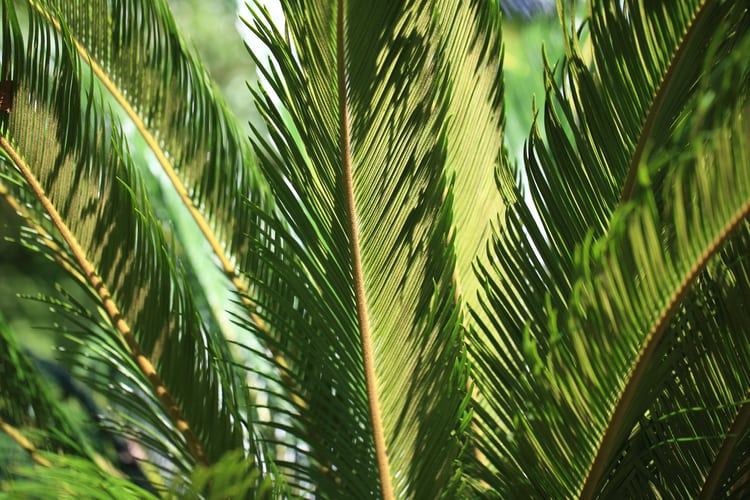
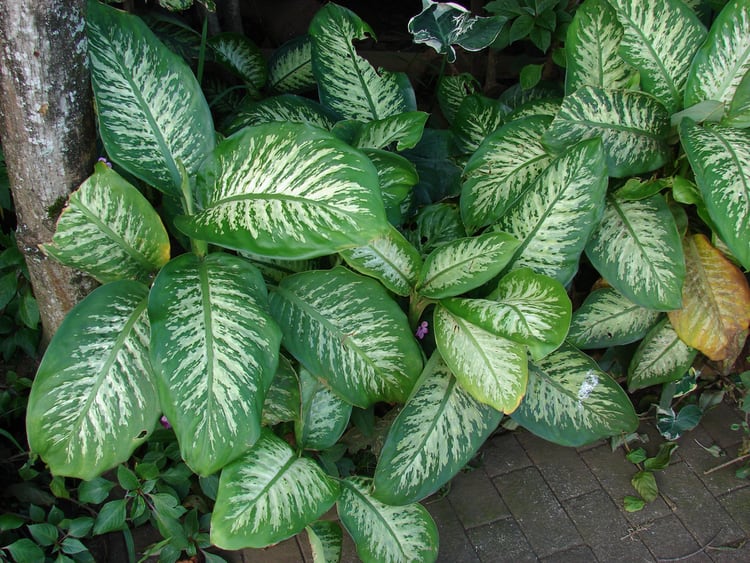
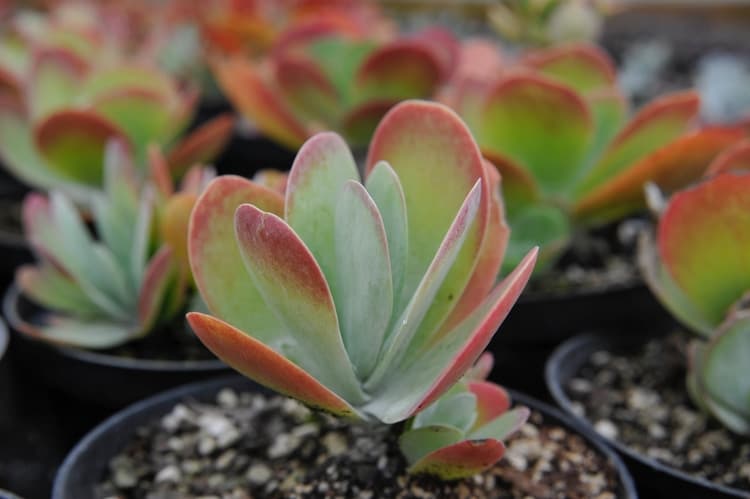
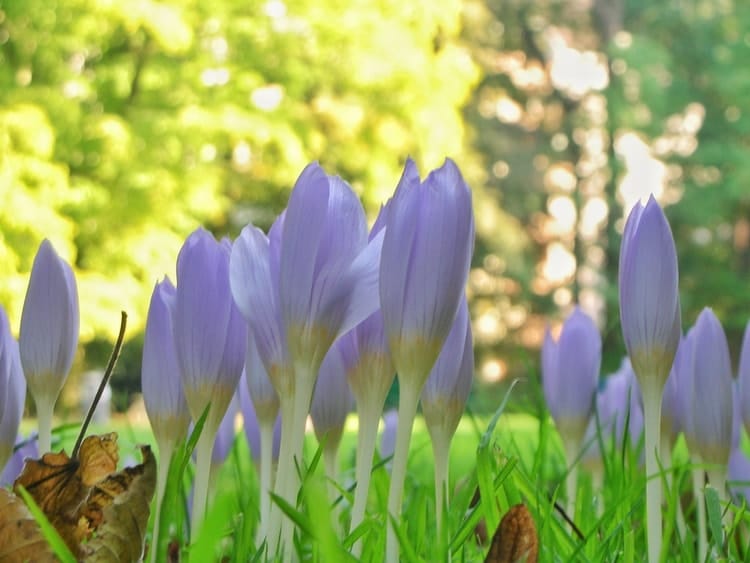
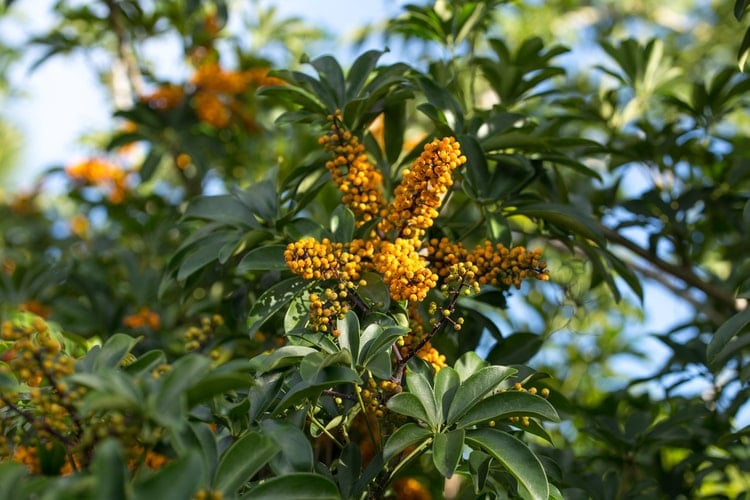
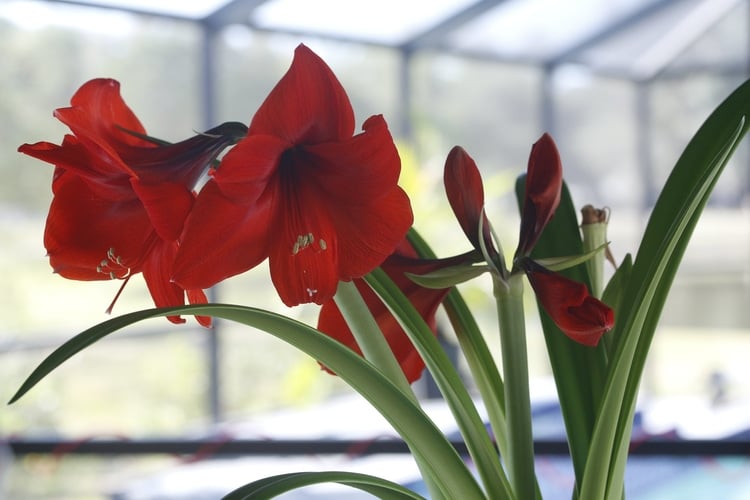
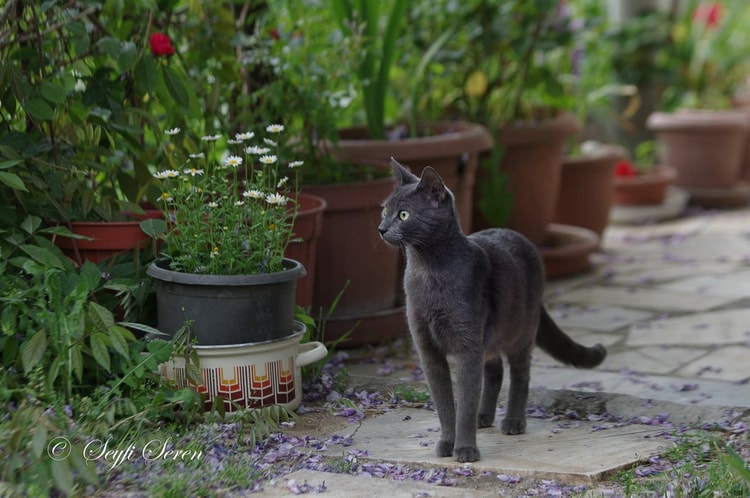
Leave a Reply